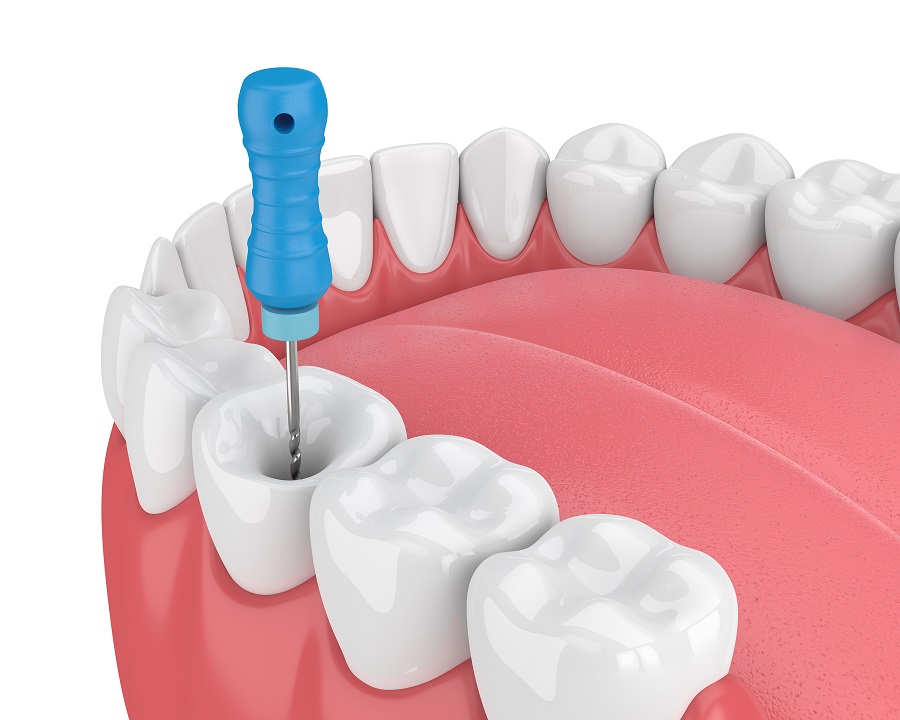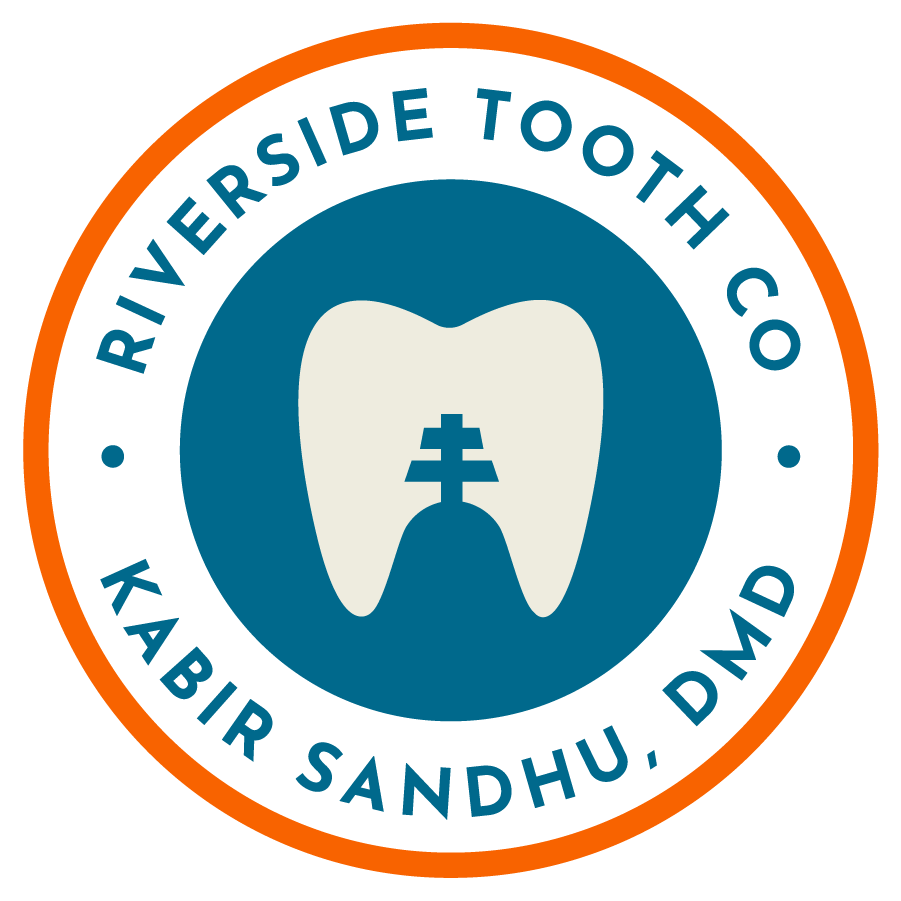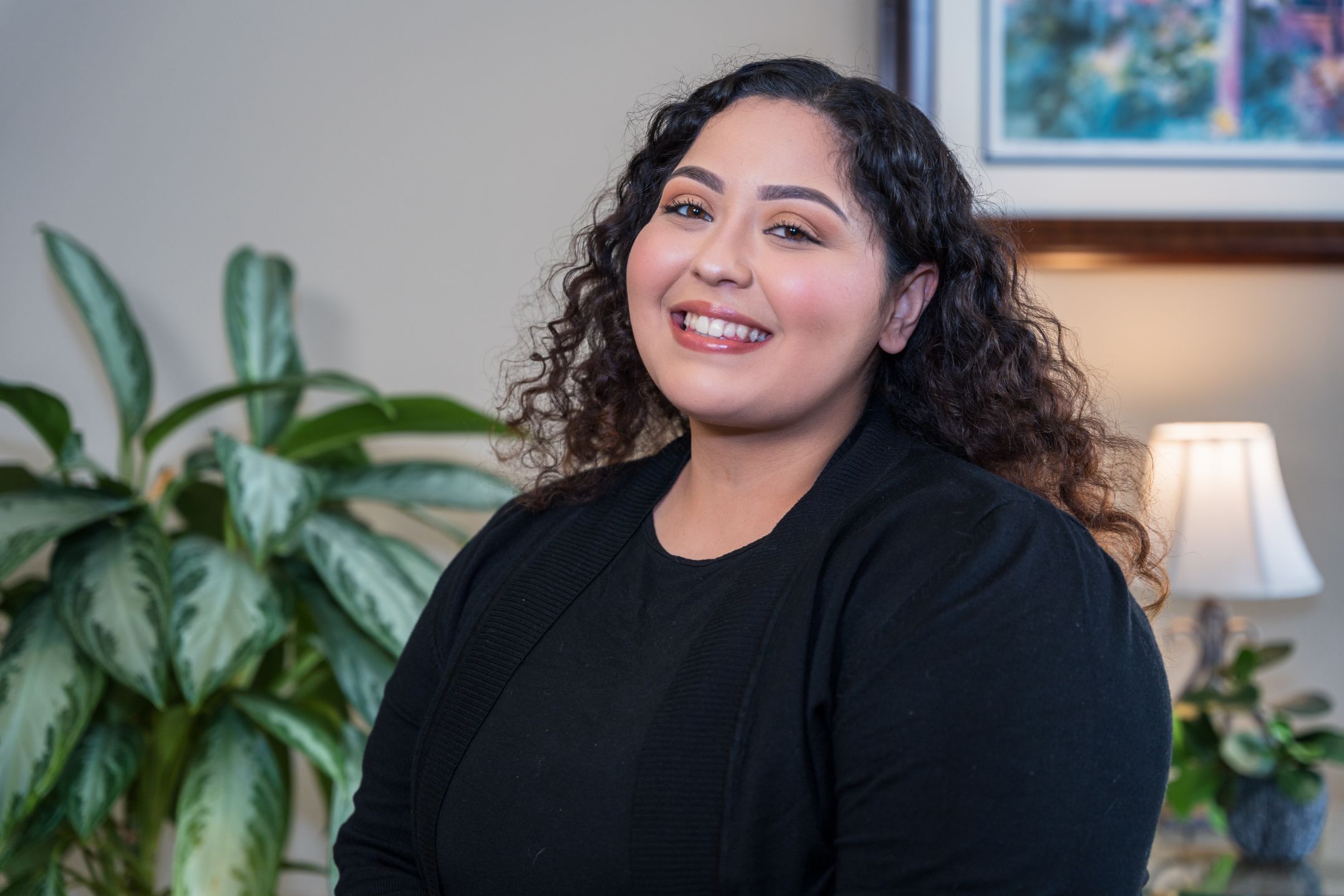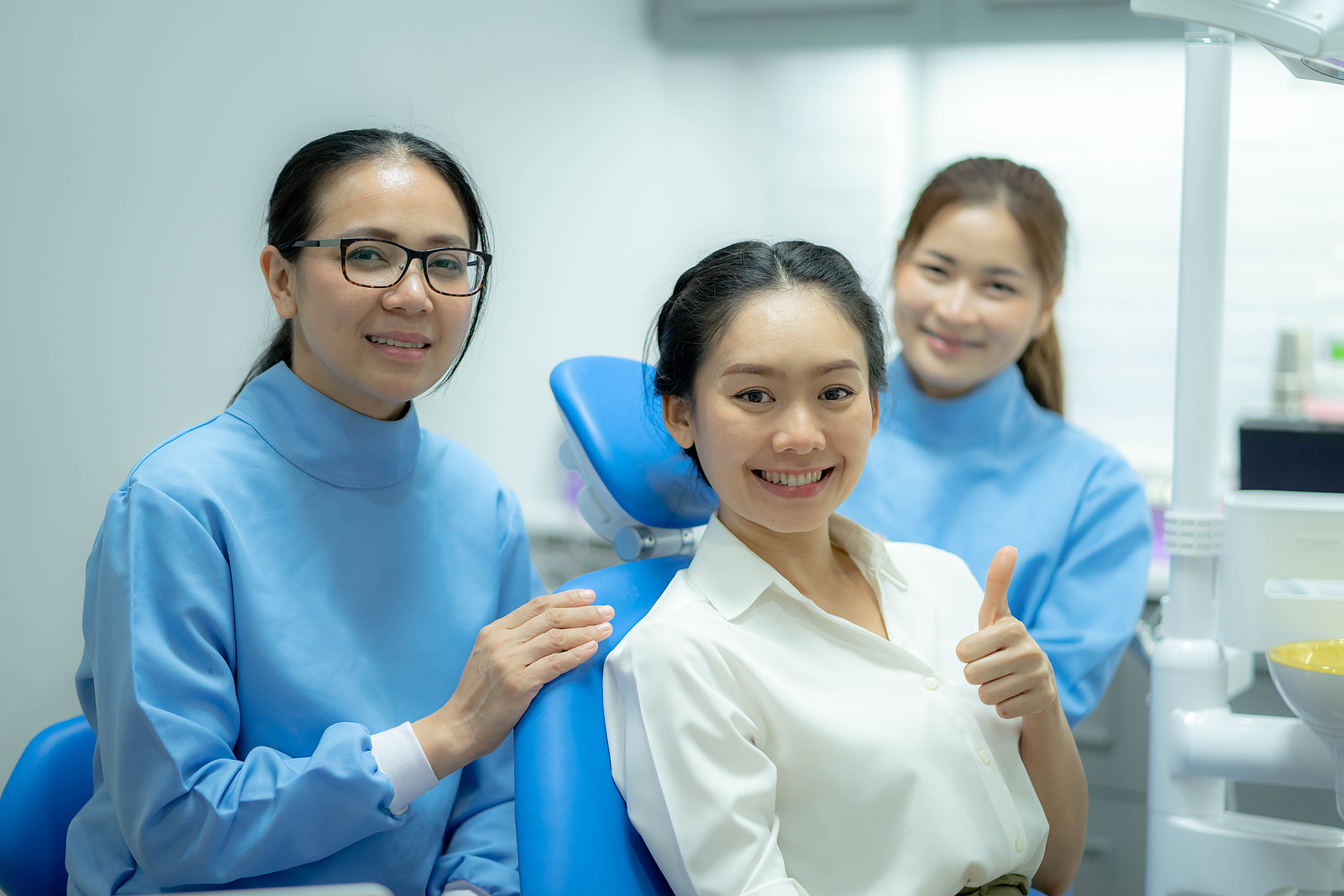Self Care Tips After Receiving A Root Canal – Recover Quickly & Comfortably
Posted by Riverside Tooth Co. Dec 16,2022

Wondering how you should take care of yourself after you get root canal therapy to treat an infected tooth? Here are a few steps we recommend you take after your appointment with Dr. Kabir Sandhu at Riverside Tooth Co.
1. TAKE THE DAY OFF OF WORK & REST UP
You can go back to your day-to-day routine immediately after a root canal, as long as you have only had nitrous oxide sedation. You can even go back to work! But usually, we don’t recommend it.
If you can, it’s a good idea to take the day off, then just go home and rest. Avoid heavy exertion, including working out, and give your mouth the time it needs to heal. This will help you stay comfortable as you recover.
2. DON’T EAT WHILE YOUR MOUTH IS NUMB
If you try to eat within a few hours of your mouth being numbed for your root canal, you may end up chewing on your cheeks and your tongue, which will cause a lot of pain once the numbing wears off.
In addition, you shouldn’t eat within a few hours of your temporary crown being cemented onto your tooth, as this helps it bond properly to the tooth.
3. BRUSH & FLOSS NORMALLY, BUT BE GENTLE
You can continue to clean your teeth normally, but be gentle around your newly-treated tooth, since it will likely be a bit tender, and the temporary crown on top of your tooth could be jostled loose if you’re too rough while brushing and flossing.
4. WATCH WHAT YOU EAT WITH A TEMPORARY CROWN
We recommend avoiding very tough foods like jerky, hard foods like nuts and hard candy, and sticky, gummy foods like taffy and caramel. Try not to eat these foods at all, or at least eat them on the other side of your mouth to avoid chewing them with your temporary crown.
The cement used for a temporary crown is strong, but is meant to be removable, so eating hard, tough, or sticky foods could pull it loose or damage it, requiring you to come back to our office to have your temporary crown reattached. This should be avoided, if possible.
5. KNOW IF YOUR PAIN & DISCOMFORT ARE NORMAL
While the nerve tissue will have been removed from your tooth during root canal therapy, the surrounding tissue and nerves in your gums may be irritated and can cause you some pain and discomfort after your treatment.
Usually, this lasts only 2-3 days, at most, and is very minor. If you continue to experience serious pain after 3-7 days and you notice issues like oral swelling, you need to get a follow-up at Riverside Tooth Co. right away, as this could indicate that the infection was not completely removed.
FOLLOW THESE TIPS FOR A FAST RECOVERY AFTER A ROOT CANAL
If you need root canal therapy in Riverside, Dr. Kabir Sandhu is here to help. Don’t wait, and don’t let a sore, aching tooth interfere with your day-to-day routine. Root canals are pain-free and non-invasive, and have a very short recovery period. So contact us online or give us a call at (951) 435-8264 to schedule a consultation right away.
More Blog Posts
Contact Us
6886 Indiana Ave Suite B,
Riverside, CA, CA, 92506
Email: info@riversidetoothco.com
Phone: (951) 686-2565
Working Hours
MON8:00 am - 5:00 pm
TUE - THU9:00 am - 6:00 pm
FRI7:00 am - 12:00 pm
SAT - SUNClosed














































